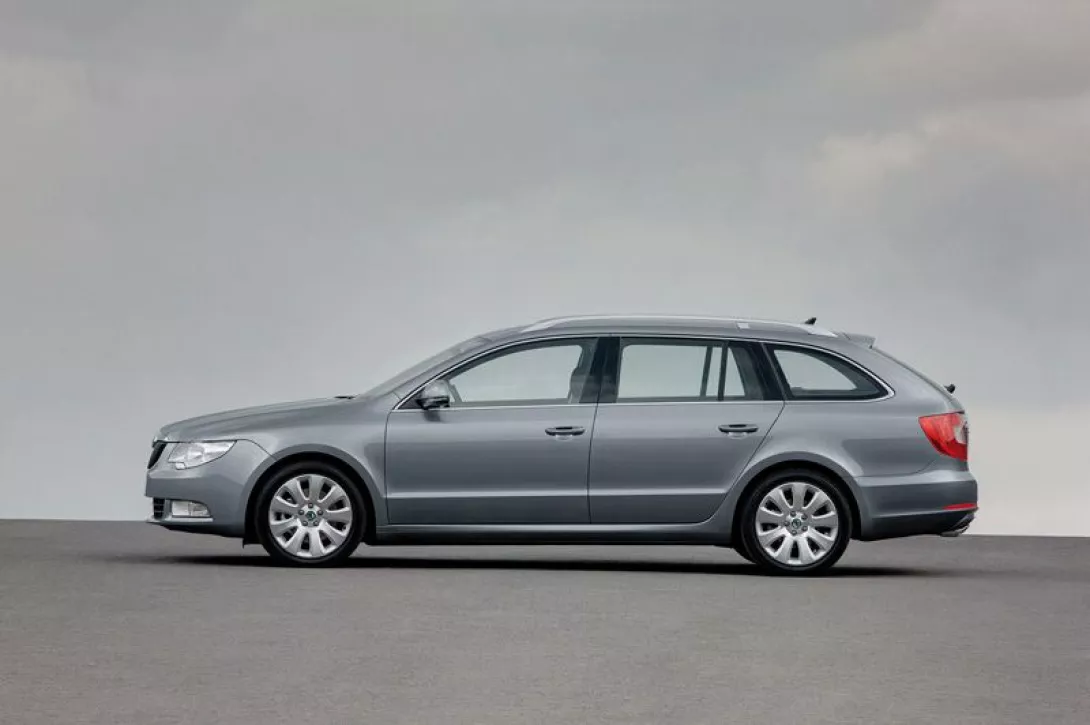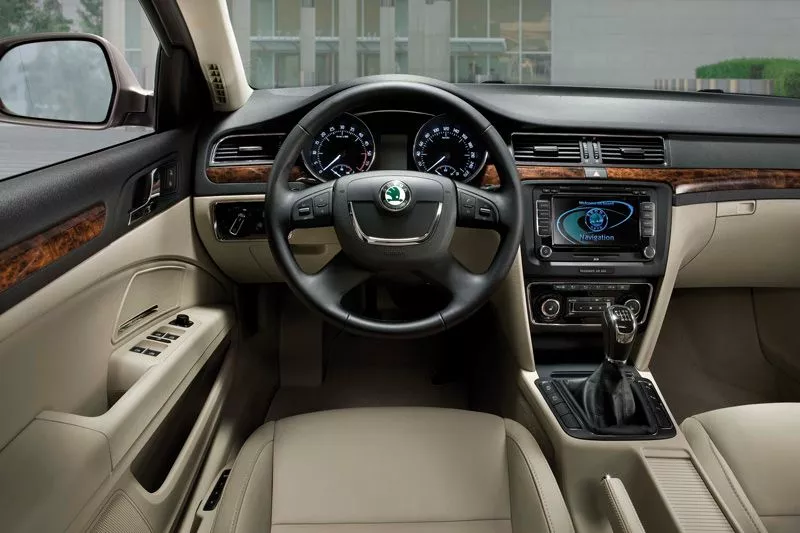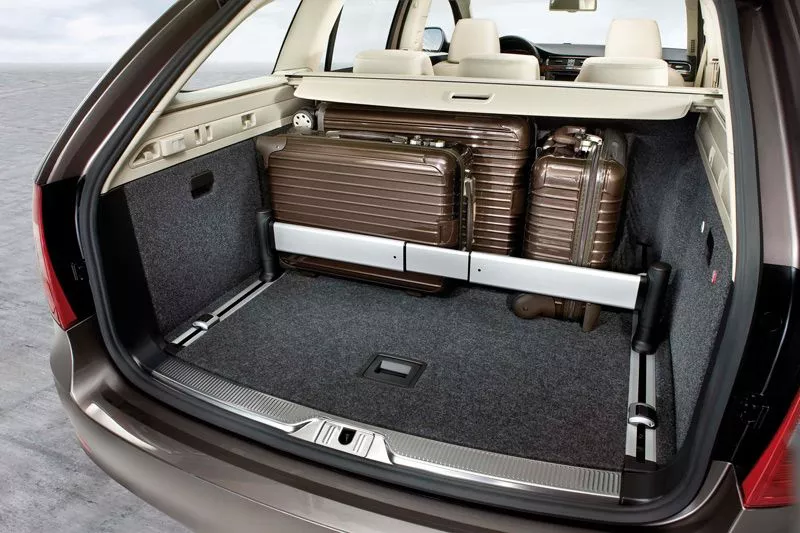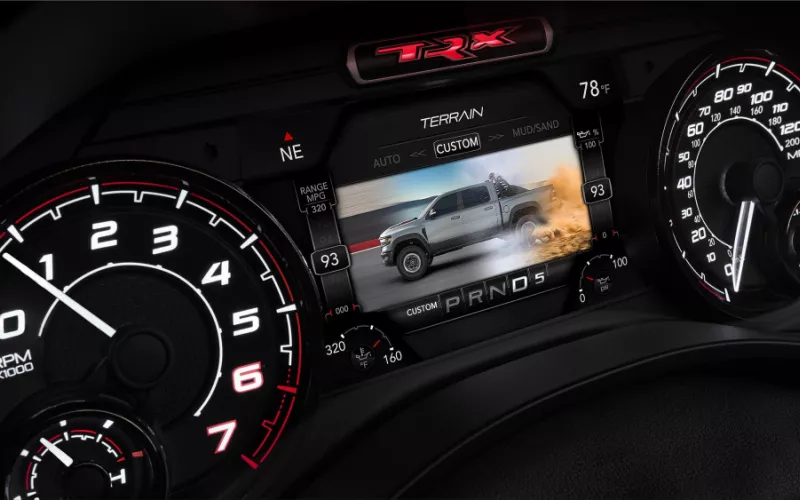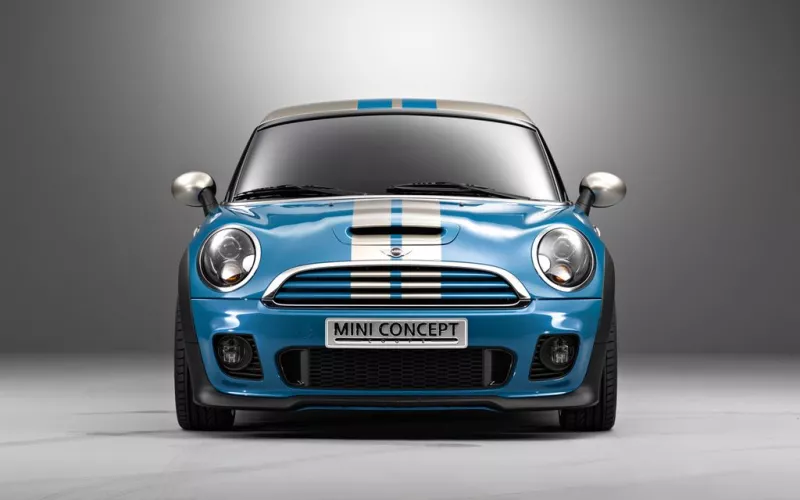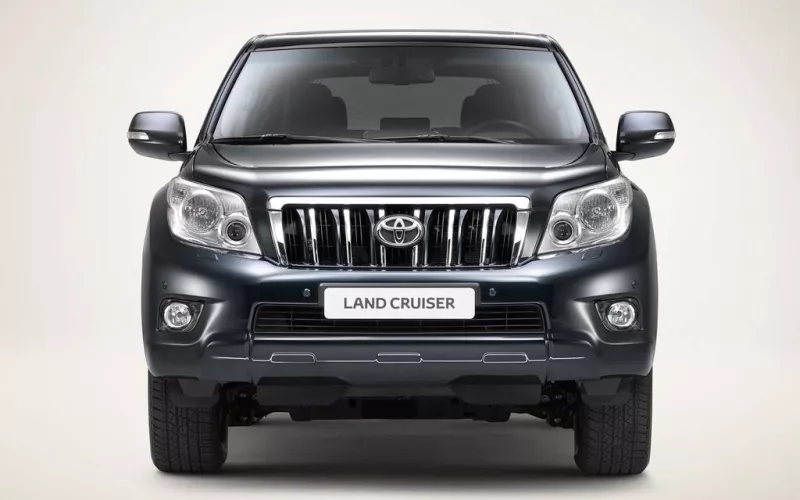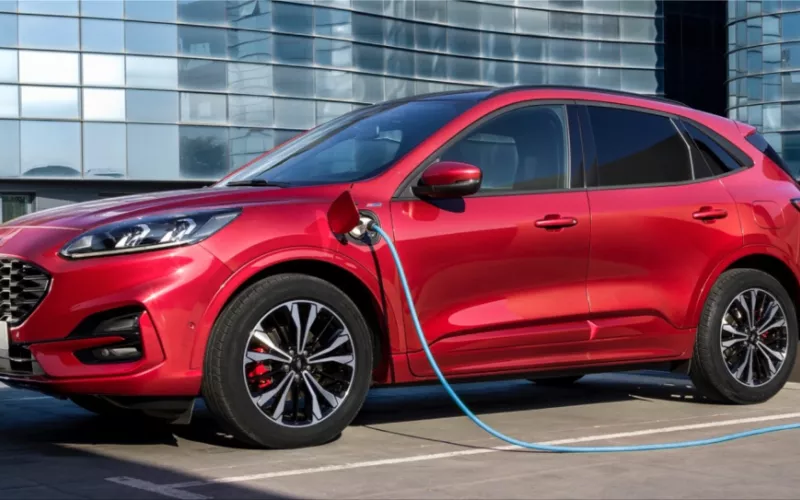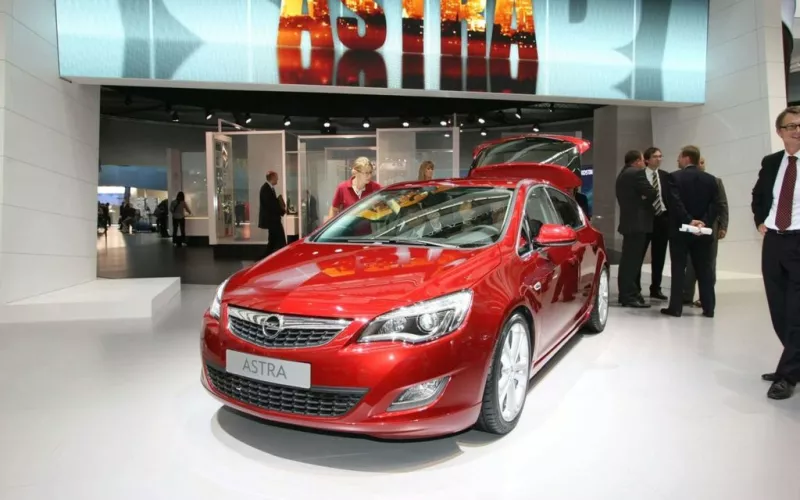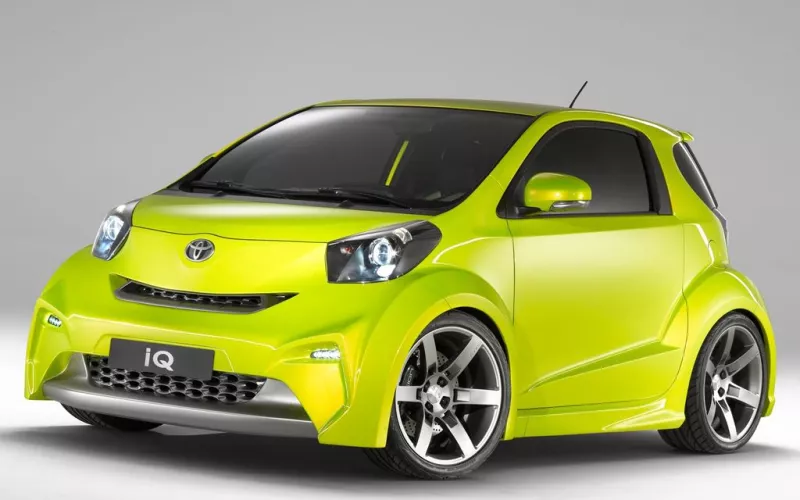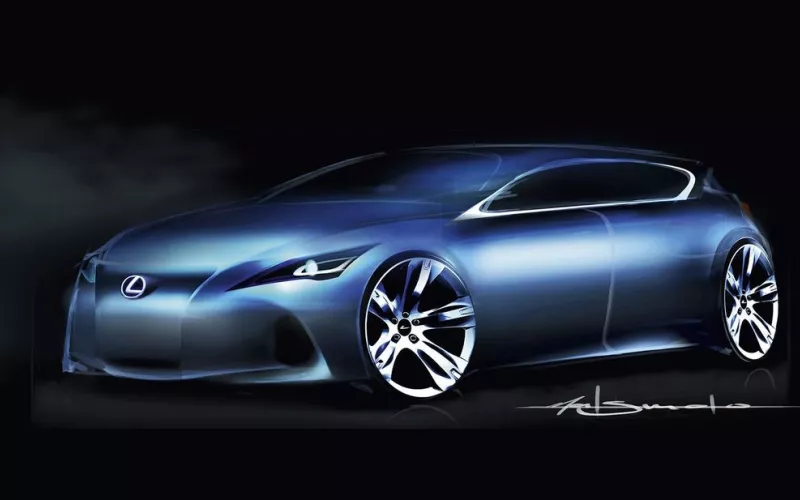Following last year’s successful launch of the five-door Superb sedan, Škoda is set to premiere the long-awaited Superb Combi at the IAA Motor Show in Frankfurt. The Czech carmaker is keen for this medium-class car, delivering exceptional space and comfort, to redefine benchmarks in the segment. The unique design with the typical Škoda “face”, the expressive rear section and the dynamic silhouette help the new Superb Combi stand out clearly from market competitors. The car commands respect not just because of its practical qualities, but also on account of its style and elegance. The generous wheelbase and the roofline forming a gentle arc ensure that the car has well-balanced proportions that provide the perfect space for passengers and luggage alike.
In a history of automobile production stretching back over more than a hundred years, Škoda Auto has manufactured numerous “combined cars” (hence the name “Combi”) in its hometown of Mladá Boleslav. As early as the mid-1920s, when the company was still producing under the name of its founders, Laurin and Klement, it came up with estate bodies for the L&K 100 and 110 models. These “swap bodies” transformed sedans into commercial vehicles with a loading area, and at the time were regarded as the preserve of traders. The original version of the Superb back in the 1930s was also available not only as a luxury sedan but also as a light commercial vehicle. After the Second World War, the Škoda portfolio included estate cars as we know them today. Perhaps the best-known examples of these cars, boasting the comfort of a sedan and the loading capacity of a commercial vehicle, were the Škoda Octavia Combi (produced from 1961 to 1971), and the 1202 STW (manufactured until 1973).
The new Superb Combi is 4,838 mm long, 1,817 mm wide, and 1,481 mm high. Including the roof rails, delivered as standard and available either anodized or black, the car’s height rises to 1,510 mm. The outstanding loading capacity is bigger than anything seen yet in the segment: the luggage compartment holds 633 litres, expanding to a cavernous 1,865 litres when the rear seats are folded down. The width of the tailgate is large enough to accommodate bulky items. The low loading sill, a mere 600 mm above the ground, makes handling baggage easy.
The wealth of interior equipment and fittings in the five-door estate matches that in the car’s predecessor. And numerous smart details have been added:
This is the first time it has been possible to equip a Škoda vehicle with the KESSY keyless locking and ignition system. A transmitter in the body of the key communicates with the control unit in the car and unlocks the doors when the handles are touched. The car can also be locked without using a key or remote control central locking by pressing a button on the external handle. The engine can be started and turned off with a button located on the right-hand side of the steering wheel column. To start the engine, the driver first has to press the clutch pedal (in cars with manual transmission) or the brake pedal (if the transmission is automatic).
Another interesting feature of the new Superb Combi is the optional electrically-operated tailgate. This is delivered with an automatic retractable luggage compartment cover, which is also available separately. When the tailgate is opened, the cover automatically rolls back to the middle position so that there is more room to handle the luggage. Another clever detail in the luggage compartment is the sliding false floor, which can extend over the rear bumper when the tailgate is open to make moving larger items around much easier. Aluminum strips, the netting package and hooks in the luggage compartment offer the perfect luggage restraint system, reliably preventing baggage from sliding around when the vehicle is in motion. What is more, the Škoda Genuine Accessories range includes a bicycle holder, which can be fixed to the lower surface of the luggage compartment after the upper section of the false floor has been removed.
The concept of luggage compartment lighting integrated into the tailgate is another innovation. It illuminates not only the boot, but the whole area around the car’s rear section. Another lamp, this time removable, is located on the left side of the luggage compartment. It is battery-powered and when removed from its holder (which doubles up as a charger) it can be used as an economical LED flashlight in the dark. A magnet is built into the lamp so it can simply be placed on the car body – a useful touch, for example, when fixing a puncture.
During the day, the electrically-operated, two-piece panoramic sunroof creates a light, airy atmosphere. If the sunshine becomes too dazzling, a protective blind can be drawn across the glass roof. The glass itself blocks heat, letting in only 10%. Another new feature is the roof-mounted shark fin aerial which, thanks to its leanness and the absence of a whip, elegantly rounds off the roofline.
Various car radios and navigation systems are available to cater to discerning customers’ different needs and wishes. The vehicle’s data network can integrate two different 2 DIN car radios with CD/MP3 players and offers a wide range of user-friendly support functions. Electronic navigation is based on a touchscreen Amundsen system enabling the driver to operate all functions intuitively. A top-of-the-range touchscreen Columbus navigation system with integrated hard disk is also available. Other audio technology includes a high-quality audio system with powerful speakers, an Aux-In socket, an MDI (Mobile Device Interface) in the Jumbo Box between the front seats to connect external storage media, and a CD changer.
The new Superb Combi, like the Superb sedan, can be fitted with HHC (Hill Hold Control). The ESP (Electronic Stability Programme) also has TSA (Trailer Stability Assist) for use with factory-fitted towing equipment. This feature is sure to come in handy, as the new Superb Combi’s 2.0 TDI CR DPF/125 kW 4×4 and 3.6 FSI V6/191 kW 4×4 engines are capable of towing trailers with a gross weight of up to 2,000 kilograms. Of course, that is not the only reason to opt for a four-wheel drive with the fourth-generation Haldex multi-disc clutch. This system provides a variable torque split to achieve the best possible traction and excellent stability on any surface.
The Superb Combi’s range of engines is largely the same as that for the Superb sedan. Initially, there will be a choice of three petrol and two diesel engines, all with direct fuel injection and low consumption and emissions.
The 2.0 TDI PD DPF diesel engine generates power of 103 kW (140 k) and is offered in combination with six-gear manual transmission or the six-gear direct shift gearbox (DSG). The maximum torque is 320 Nm at 1,800 to 2,500 rpm. The more powerful of the two diesel engines is the 2.0 TDI CR DPF with an injection common-rail system, generating power of 125 kW (170 k) and achieving maximum torque of 350 Nm at 1,750 to 2,500 rpm. Like its counterpart, this engine works with a six-gear manual transmission or automatic dual-clutch DSG. A particulate filter is fitted as standard.
The successful direct fuel injection campaign is also continuing with the petrol engines. The 1.4 litre four-cylinder TSI engine with six-gear manual transmission, despite its modest displacement, boasts power of 92 kW (125 k) and maximum torque of 200 Nm at 1,500 to 4,000 rpm thanks to its turbocharging.
Another petrol engine is the 1.8 TSI, offering power of 118 kW (160 k) and maximum torque of 250 Nm at 1,500 to 4,500 rpm. Drivers can take their pick of a manual six-gear transmission or automatic seven-gear DSG for the 1.8 TSI. The new Superb Combi’s top petrol engine is the 3.6 FSI V6, with power of 191 kW (260 k) and maximum torque of 350 Nm at 2,500 to 5,000 rpm. The 3.6 FSI V6 engine is offered exclusively with an automatic six-gear DSG and four-wheel drive. The control unit of the fourth-generation Haldex clutch facilitates variable torque split. Under normal traction conditions, 96% of power is delivered to the front axle, guaranteeing safe and reliable driving on any surface, not just winter ice and snow. Four-wheel drive is available on request for the 1.8 TSI and 2.0 TDI CR DPF engines.
In many respects, the chassis of the new Superb Combi is based on the chassis of the Superb sedan. However, some modifications have been made to the Combi’s chassis configuration to accommodate the higher payload and higher gross weight. The rear axle housing is attached to the body with anti-vibration dampers. These metal and rubber connecting elements increase the comfort of the ride and keep the axle housing separate from the body without negative effects on stability and the axle bracing. This detachment prevents tyre noise and subtle vibrations from being transmitted to the body, where they would cause unwanted noise in the interior. As in the Superb, the McPherson-type front axle with triangular control arms is mounted in aluminium casing. This enhances the kinematics and reduces the axle weight. In the chassis suspension design, the emphasis was on creating a balanced relationship between agility and comfort. The suspension copes excellently with uneven road surfaces; body roll in bends is largely suppressed by the wide track and careful configuration of each part of the chassis. As in the Superb sedan, the driving dynamics are enhanced by electromechanical steering. The car’s pleasantly high-ratio steering gear and track-holding ability do not distort the feel of the road and traction conditions.

